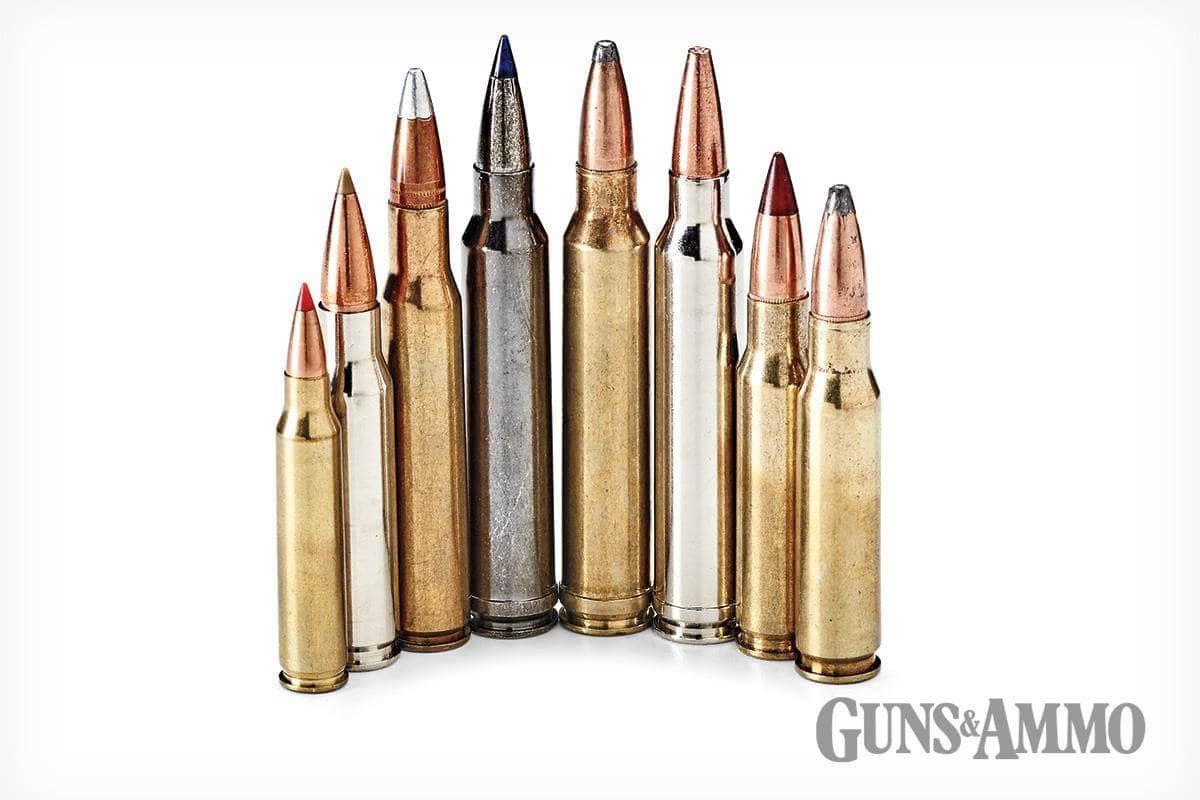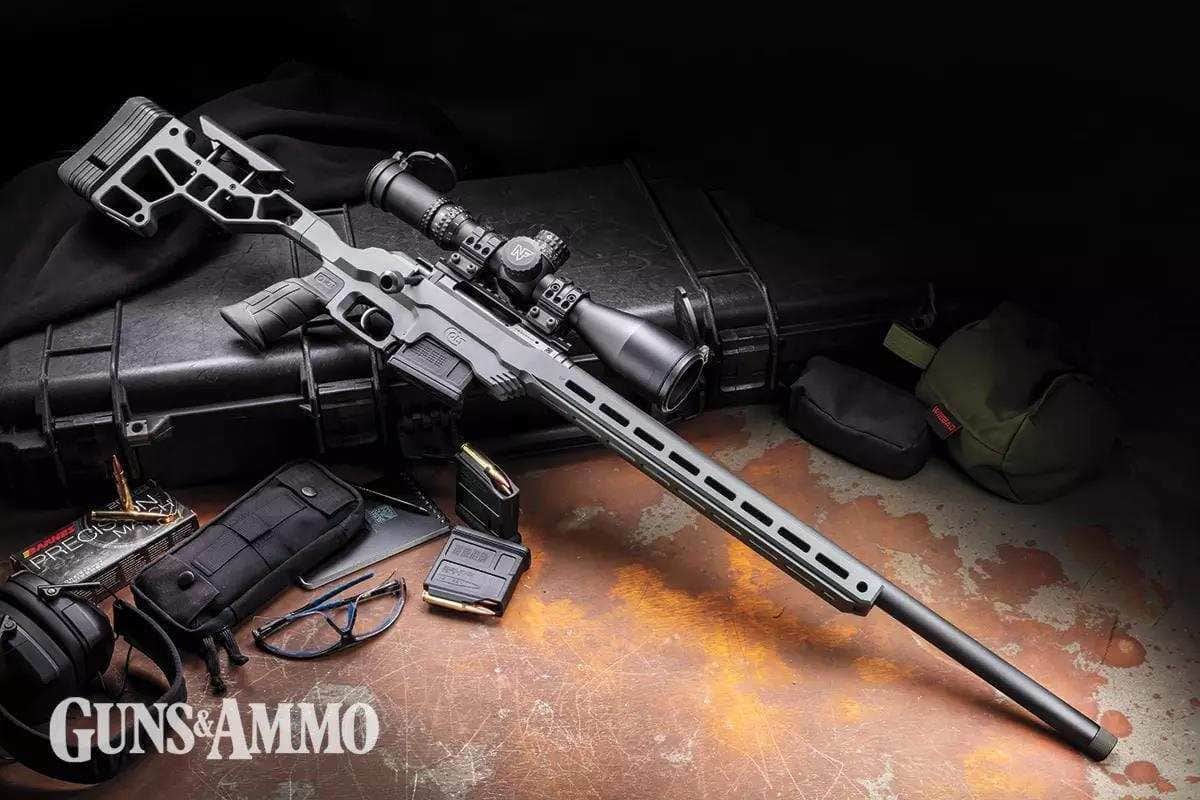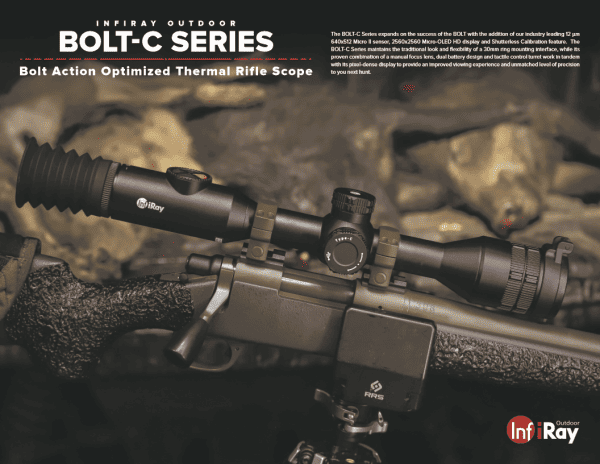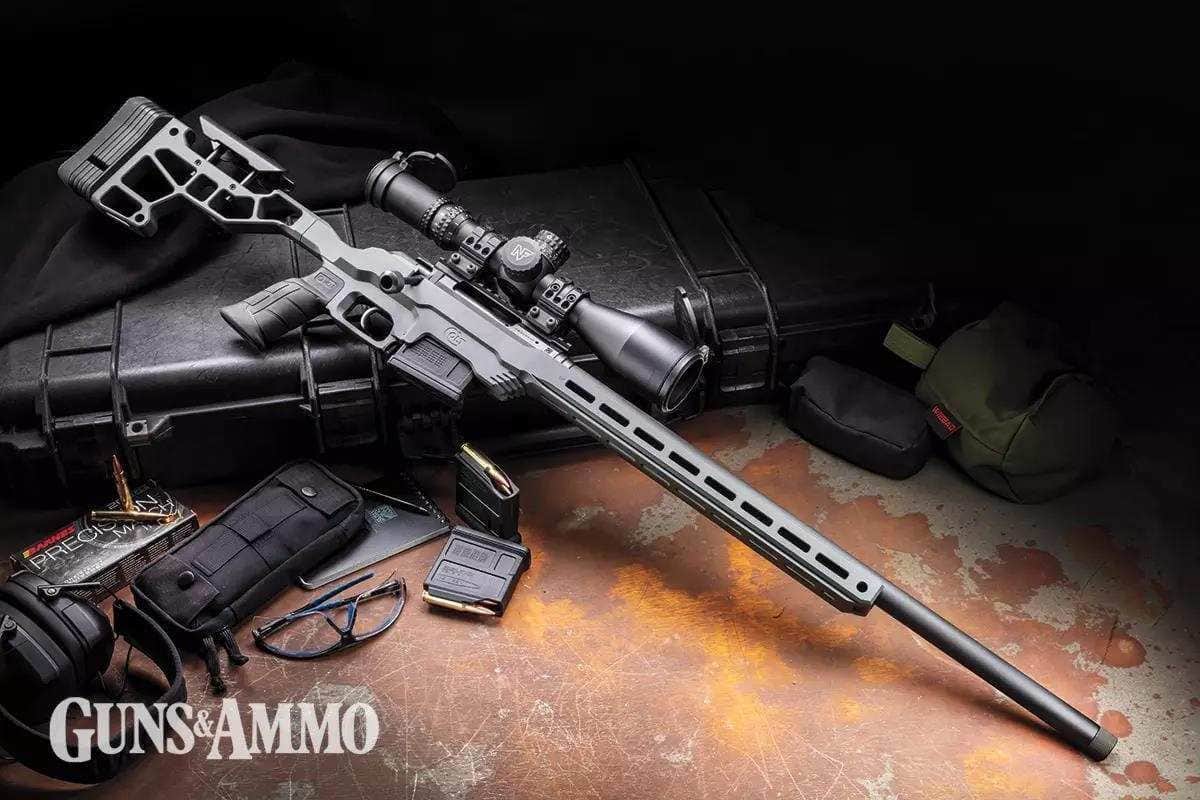Comparing 30-06 ballistics, the 150 grain offers higher velocity while the 165 grain provides better energy retention. The choice between the two depends on preferences and intended use.
Understanding the differences in ballistics and performance helps in selecting the most suitable ammunition for hunting or target shooting. Factors such as accuracy, recoil, and terminal ballistics play a crucial role in deciding which weight to opt for. Whether you prioritize flat trajectory and speed or penetration and impact energy, considering these factors will help in making an informed decision.
Each grain weight has its advantages and drawbacks, so it’s essential to choose based on individual needs and shooting requirements.
The 30-06 Cartridge
The 30-06 cartridge is a versatile and highly popular rifle cartridge known for its performance and effectiveness in various shooting applications. Let’s delve deeper into the 30-06 ballistics with a comparison between the 150 grain and 165 grain loads.
Origins And History
The 30-06 cartridge, also known as the .30-06 Springfield, has a rich history dating back to its adoption by the United States military in 1906. It served as the standard rifle cartridge for the U.S. military for decades, showcasing its reliability and power.
Common Uses
With its excellent balance of power and accuracy, the 30-06 cartridge is widely used for hunting various game species, such as deer, elk, and bear. Its versatility extends to long-range shooting, making it a favorite among marksmen and sports shooters alike.
When comparing the 150 grain vs. 165 grain loads in the 30-06 cartridge, shooters often consider factors like bullet drop, trajectory, and recoil. The 150 grain load offers higher velocity, while the 165 grain load provides more kinetic energy upon impact.
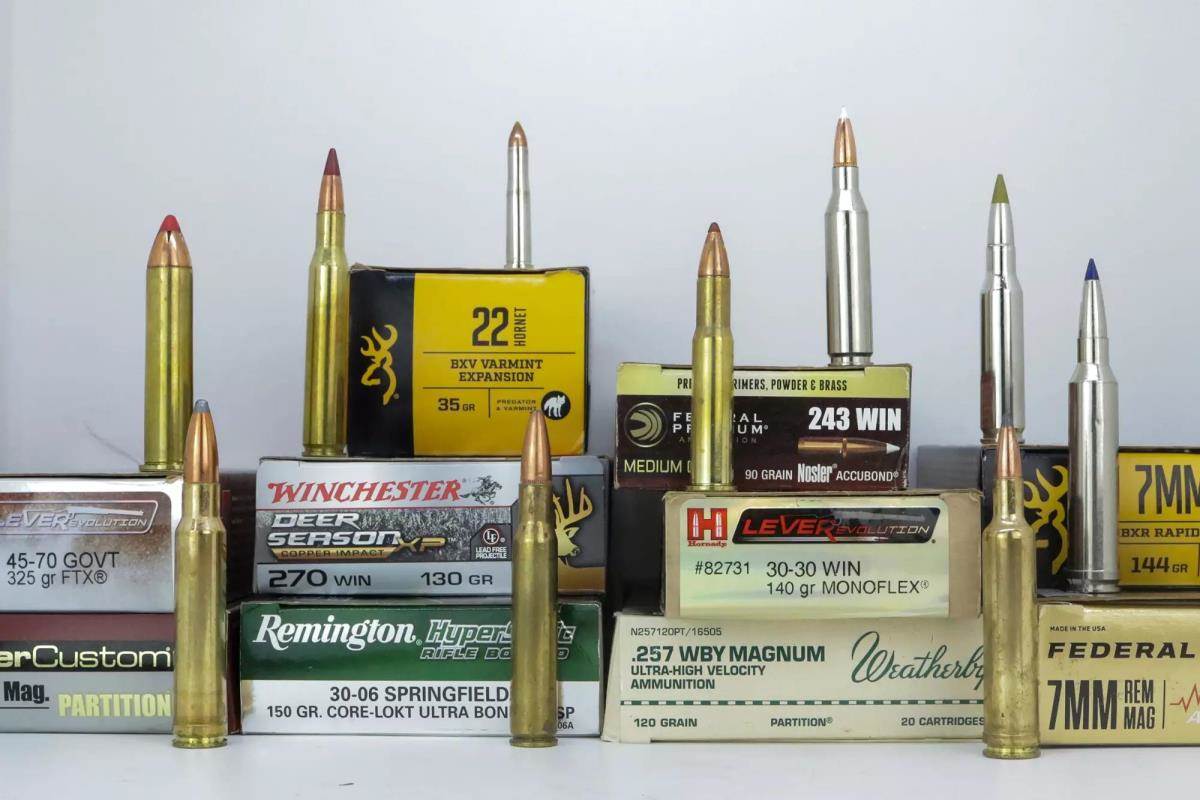
Credit: www.gunsandammo.com
Ballistics Overview
The 30-06 ballistics comparison between 150 grain and 165 grain bullets offers insights into their performance and suitability for different purposes. Explore their differences and determine which option aligns better with your shooting needs.
Understanding Ballistics
Ballistics refer to the science of how projectiles behave in flight.
Factors Affecting Performance
Projectile weight is crucial in determining trajectory and impact.
Comparing 150 Grain Vs. 165 Grain
When it comes to understanding the ballistics of the .30-06 cartridge, choosing between a 150 grain and a 165 grain bullet can significantly impact your shooting performance. Let’s compare the 150 grain vs. 165 grain projectiles and delve into their distinct characteristics to help you make an informed decision.
Weight And Velocity
The weight of a bullet can greatly influence its velocity and trajectory. A 150 grain bullet is lighter than a 165 grain bullet, resulting in higher velocity due to less resistance and faster acceleration over shorter distances. Conversely, a 165 grain bullet delivers slightly slower initial velocity but exhibits better retained energy at longer ranges, making it suitable for more extended shots.
Terminal Ballistics
The terminal ballistics of these different bullet weights refer to how they perform upon hitting the target. A 150 grain bullet tends to expand more rapidly and is ideal for hunting smaller game at relatively closer ranges. On the other hand, a 165 grain bullet usually penetrates deeper, making it more suitable for larger game and longer distance hunting.
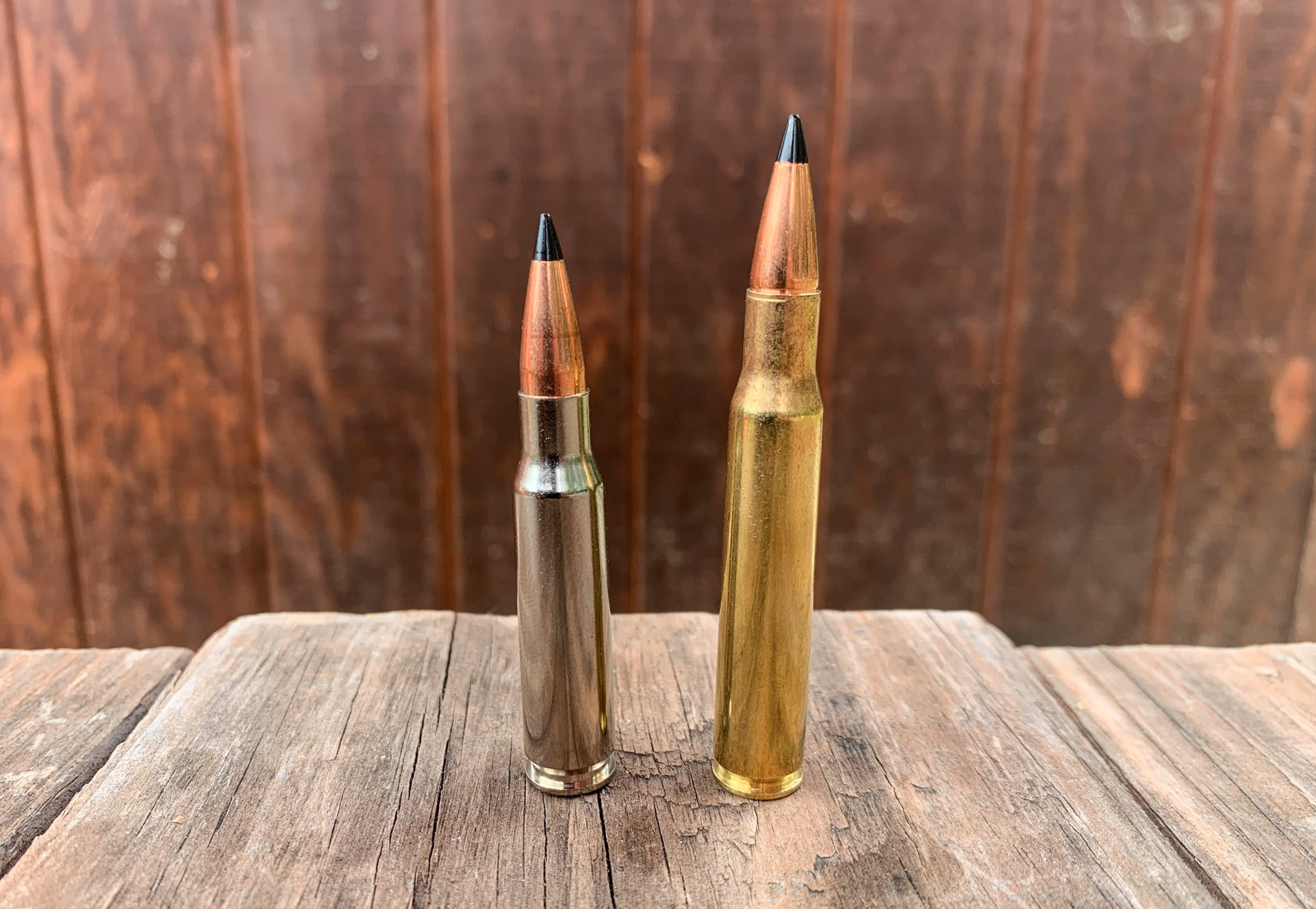
Credit: www.outdoorlife.com
Practical Applications
If you’re considering the use of a 30-06 rifle, understanding the practical applications of different bullet weights, such as 150 grain vs. 165 grain, is crucial. Depending on your intended use, whether it be hunting or long-range shooting, choosing the right bullet weight can significantly impact your results. Let’s explore the practical applications of these two popular bullet weights.
Hunting
When it comes to hunting, having a bullet that delivers sufficient energy and expansion is of utmost importance. The 30-06 is a versatile round that can take on a variety of game, including deer, elk, and bear. Let’s delve into the practical applications of both the 150 grain and 165 grain bullets for hunting.
150 Grain: The 150 grain bullet weight is a popular choice for hunting medium-sized game. Its lighter weight allows for faster muzzle velocities, resulting in flatter trajectories and less bullet drop at longer distances. This makes it ideal for hunting in open plains or situations where longer shots are common. Additionally, the lighter weight can result in less recoil, which can be beneficial for some hunters.
165 Grain: On the other hand, the 165 grain bullet weight is commonly used for hunting larger game or in situations where deeper penetration is desired. The slightly heavier weight provides increased energy transfer and offers better performance on tougher animals. This makes it a preferred choice for hunters targeting larger game, such as moose or elk, or when hunting in areas with dense vegetation where penetration is crucial.
Long-range Shooting
If you’re an avid long-range shooter, the bullet weight you choose can greatly affect accuracy, wind drift, and energy retention. Let’s explore the practical applications of the 150 grain and 165 grain bullets for long-range shooting.
150 Grain: The 150 grain bullet weight excels in long-range shooting due to its higher muzzle velocity and flatter trajectory. It maintains a higher velocity over longer distances, which can result in less time for wind drift to affect the bullet’s path. This makes it a popular choice among precision shooters who value flat trajectories and the ability to reach out to extended ranges.
165 Grain: While the 165 grain bullet weight may not offer the same flat trajectory as the 150 grain, it compensates with its superior sectional density. This allows the bullet to retain energy and resist wind drift better at longer ranges. Additionally, the heavier weight provides increased stability and can help counteract the effects of crosswinds. The 165 grain bullet is a reliable choice for long-range shooting when penetration and energy retention are essential.
In conclusion, both the 150 grain and 165 grain bullet weights have their practical applications in hunting and long-range shooting. Consider your specific needs and preferences when selecting the ideal bullet weight for your 30-06 rifle. Whether you prioritize flat trajectories for long-range accuracy or deeper penetration for hunting larger game, understanding the practical applications will ensure you make an informed decision.
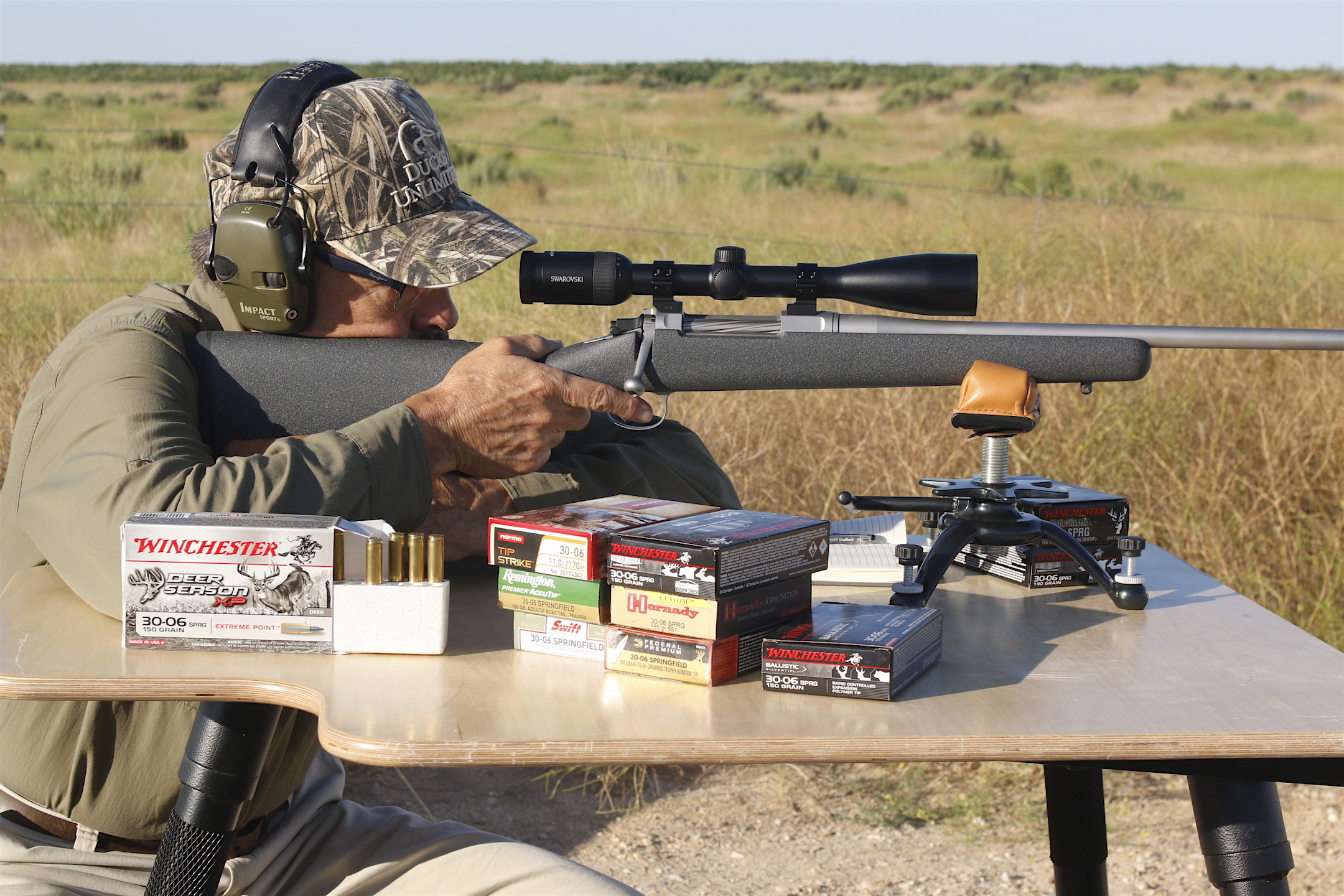
Credit: www.outdoorlife.com
Frequently Asked Questions Of 30-06 Ballistics 150 Grain Vs 165 Grain
What Is The Difference Between A 150 Grain And A 165 Grain Bullet?
The primary difference between a 150 grain and a 165 grain bullet is their weight. The 150 grain bullet is lighter and usually travels at a higher velocity, while the 165 grain bullet is heavier and offers better penetration and recoil control.
The choice depends on factors such as distance, target, and personal preference.
Which Bullet Weight Is Better For Long-range Shooting?
For long-range shooting, the 165 grain bullet weight is often preferred. Due to its heavier weight, it maintains better stability in the air, minimizing the effect of wind and providing better accuracy at longer distances. However, personal shooting skills and the specific firearm used can also influence the choice of bullet weight.
Are There Any Differences In Recoil Between A 150 Grain And A 165 Grain Bullet?
There can be slight differences in recoil between a 150 grain and a 165 grain bullet. Generally, the 165 grain bullet produces slightly more recoil due to its heavier weight, but the variation may not be significant. Factors such as firearm design, stock design, and shooter handling can also affect perceived recoil.
It is advisable to try both bullet weights to determine personal comfort and control.
Is There A Significant Difference In Terminal Ballistics Between A 150 Grain And A 165 Grain Bullet?
The terminal ballistics between a 150 grain and a 165 grain bullet can vary, but the difference is generally minor. Both bullet weights are commonly used for medium to large game hunting and offer sufficient energy transfer upon impact. The choice should be based on the specific game being hunted and shot placement, rather than a significant disparity in terminal ballistics.
Conclusion
The choice between 150 grain and 165 grain for 30-06 ballistics depends on personal preference and the intended use. Both options offer distinct advantages, and it’s essential to consider factors like accuracy, recoil, and terminal ballistics. Whether hunting or target shooting, experimenting with both can help determine the best fit for your specific needs.
